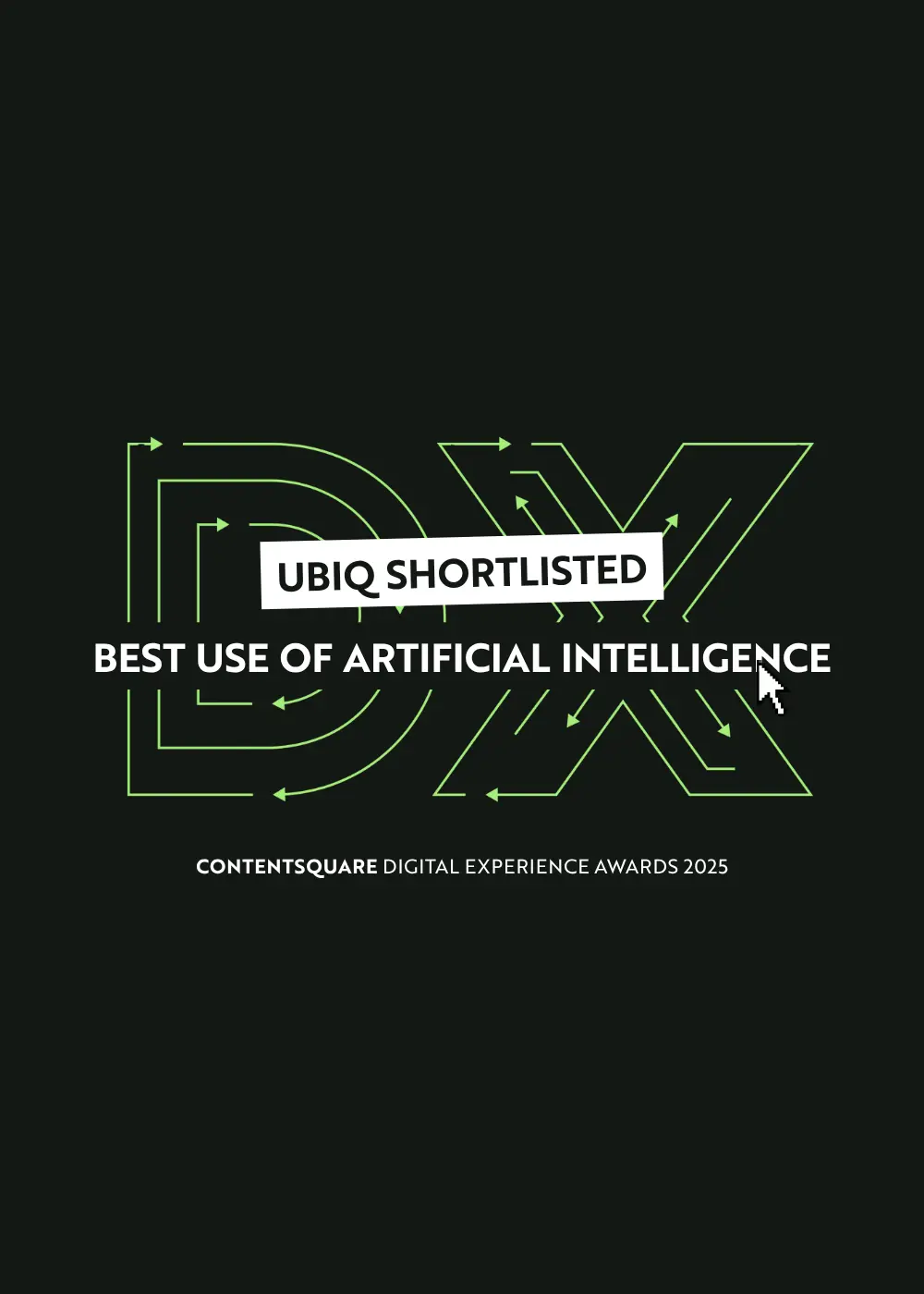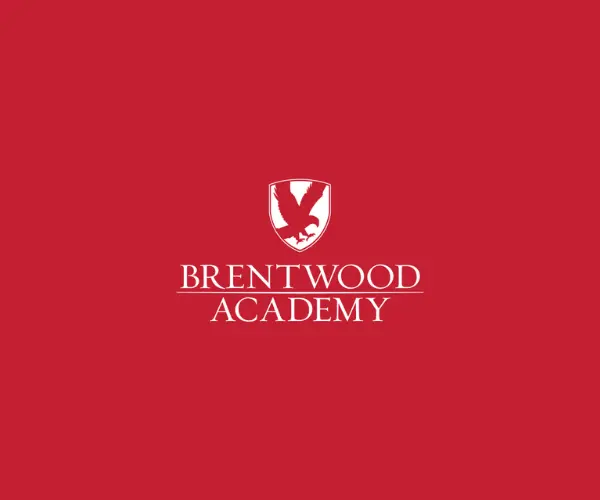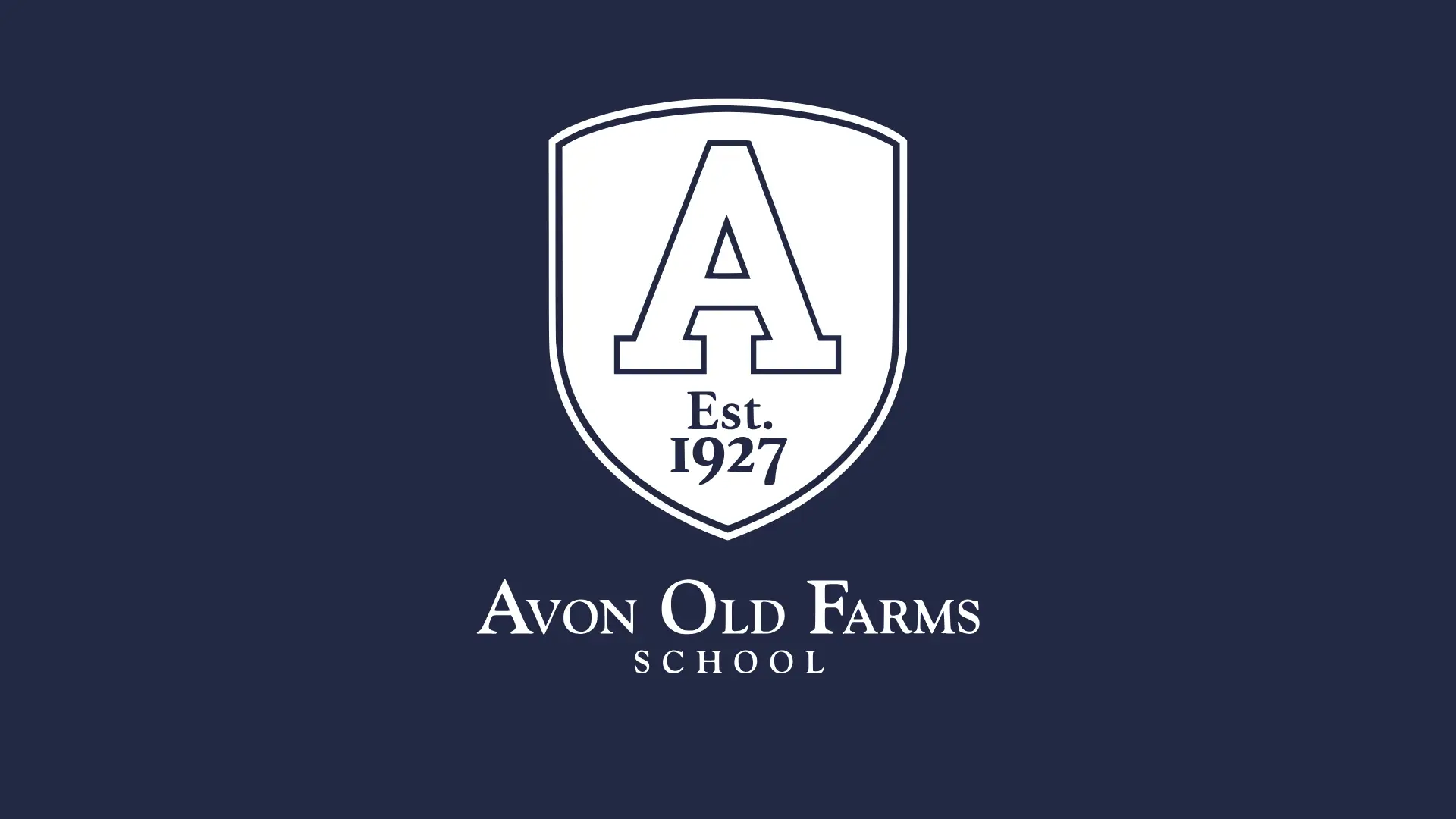Every school needs to get value for money from its website, yet those making the decision are often not equipped with the right information that allows for an objective decision—clouded by the fallacy that open-source software is ‘free’ and looking through an outdated lens that treats a website as capital expenditure rather than an ongoing investment with a demonstrable ROI.
There’s No Such Thing as Free
Firstly, there is nothing out there that’s free—every benefit comes with a degree of cost; successful decision-making comes from balancing the cost and benefits and choosing an option that best suits the needs of the school.
Open-source platforms like WordPress provide a perfect example, as they are ‘free’ to download. They are also ‘free’ to add to and extend, with their myriad of third-party plugins developed by their community of users. That’s where the free bit ends though, as with that comes a number of perhaps less visible costs.
Sometimes the Costs are Hidden
Flipping to those costs, there’s significant time in setting up an effective instance of WordPress—if that’s being done in-house that’s someone’s time and money. It also might mean you are creating a dependency on an individual, who might not be there in the future leaving you with a platform the school can no longer maintain. Whilst you might also choose to pay an agency to do the implementation for you (the cost of which might appear ‘cheaper’ than selecting a specialist provider) the hidden cost is often in the ongoing support and maintenance (WordPress requires regular updates to be installed and tested). Doing this in-house can be incredibly expensive. Outsourcing represents a hidden cost that potentially could run to many thousands of pounds that are not considered as part of an original comparison.
The other perceived benefit of WordPress is being able to extend the capabilities of the website using the many available free and paid-for third-party plugins. That however represents another potential hidden cost, in the fact that these plugins are developed by third parties—as in people at home on their computers. To a school, that represents a significant security risk, as to what extent that plug-in has been tested or will be tested on an ongoing basis is a major consideration. An enterprise solution bakes this into their cost and gives its users the peace of mind that they will be protecting the school’s website on an ongoing basis.
It's Not You, It’s Me
Some schools are also scared of commitment. Maybe their current supplier has let them down, or maybe they’ve had a bad experience in the past—but we all know it’s important not to let the past dictate the future. Open source, to them, gives them the ‘free’dom to move suppliers if the relationship doesn’t work out. Makes sense, right? Except that one agency's implementation will not be the same as the next, which makes moving the open-source website just as tricky to migrate to another supplier as moving from one proprietary platform to the next. The reality is, when you build a website, in an open-source platform or proprietary, you are wedded to that supplier for the lifetime of the website. That is not to say proprietary is better than open-source, but it is certainly no more transportable. Due diligence is much better spent speaking to the supplier's past customers to ascertain whether the relationship with others has stood the test of time.
Maybe Proprietary Has Advantages
One advantage that proprietary platforms undoubtedly have over open-source is perhaps one of the most important— accountability. An open-source platform does not belong to the agency, therefore when things go wrong, can’t be done, don’t work correctly or there’s an instance where security is breached—it creates an opportunity for the agency to blame it on the shortfalls of the platform. If however that platform is owned and developed in full by the supplier, then there’s a single point of accountability and a responsibility for them to provide a satisfactory solution.
A Conclusion in Balance
The above is not to say that propriety platforms are better than open-source (that depends on the capabilities of the system/platform itself and the needs of the school), but more to point out that some of the plus factors that might influence a school toward an open-source platform over a proprietary one might well have hidden costs in time, effort and money.
The advice here at UBIQ, is to not assess a website supplier or their platform on the pros and cons of whether their system is open-source or proprietary, but more to look at which platform best aligns with the requirements of the school and to be sure that the philosophical direction in which the supplier is moving, aligns with the school. Alongside whether the supplier you are speaking with has a proven track record in establishing long-lasting relationships with its customers that span not just one website, but many.











